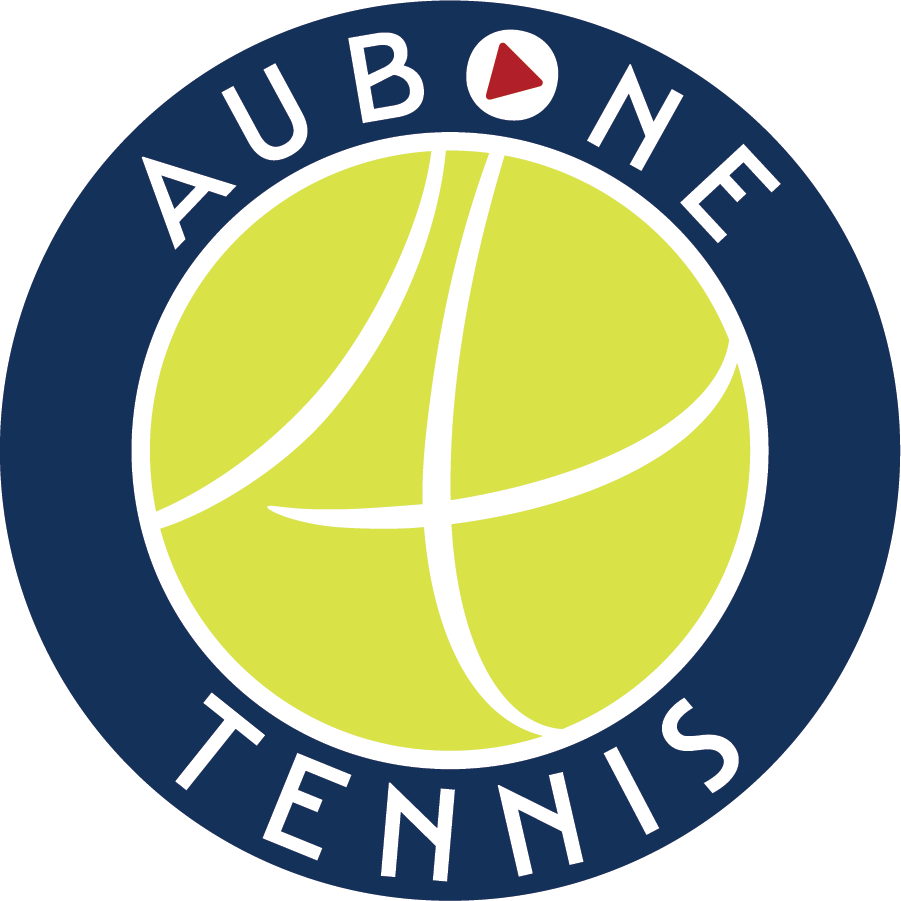How To Develop Mental Strength At Practice
The better a player’s technique, the smaller the probability of their shot breaking down under pressure. But the weaker their mentality is, the higher the probability their game will break down under pressure, no matter what the technique.
Becoming a mental warrior starts in practice. If players and coaches wait until the tournament starts to learn how to deal with pressure, they’ll be behind. I believe practices should be tough, and should recreate as much of the stress players will feel in matches. It will never be exactly the same, but as long as I can get close enough, I can then create teaching moments to prepare kids for pressure situations in matches.
————————————-
The following are a list of a few drills/games I use to help players develop mental strength at practice.
Play a best out of 5 set practice match that starts at 4-4. The server starts off every service game down 30-40, and with their second serve. If the server wins that point, they get their first serve back for the rest of the game. If you get to 6-6, play a tiebreak where each server gets a first serve like normal. After the set is done, start out again at 4-4, 30-40 and second serve. These sets don’t take long which is why it’s best to play at least best out of 5.
Play an entire set with only one serve per point. Most juniors hate this game as they struggle with their confidence in their 2nd serve. Every service game feels like they’re under pressure. It can be extremely frustrating for them if they start throwing in some double faults. Their patience and mental strength will be tested.
Implement consistency rules for whatever you’re working on. The level of each player and difficulty of the the drill will determine the amount of balls a player has to make.
Ex: If a player just learned how to hit a backhand slice approach, they would have to make 8 of these approaches down the line, passed the service line, in a row.
Ex: If a player is working on their fitness, and having more success in longer points, have them run 10 sprints from alley to alley, and then go straight into a drill where they are fed one forehand and one backhand. Depending on their playing level they have to make 8-20 balls in a row past the service line. (Drills like this are my favorite.)
Implement rewards or consequences for games played throughout practice.
Ex: The loser of a baseline game has to carry the bag of the winner after practice to their car.
Play a practice set where if a player gets to a game point, and they don’t win that point, they go back to 0 in that game. This helps a player really focus on converting opportunities.
Ex: John and Michelle start a set. John starts serving and gets up 40-15 in the first game. He loses the next point. The score is now 0-30. John had 40 and lost the point, so he goes back to 0 in that game. Michelle won the point so she goes from 15 to 30. So the score is 0-30. The set goes on like this until it’s over or the players reach 6-6. Then a normal tiebreak is played.
————————————-
The effectiveness of these drills and games is dependent on the coach’s ability to follow through on all the rules, rewards, and consequences. If they bail out the player at any point, the player will know that in the future, the rules might be changed again.
In a match, they’ll never experience that luxury.
So it’s important that no matter how bad the frustration gets, and how long one drill or game might be taking, they need to finish it if they want to achieve the maximum reward for doing this type of training.
Also, the goal with these types of drills/games is to learn how to deal with pressure, while the player is trying to improve their game, in an environment that doesn’t count towards any type of ranking. If they try to accomplish the drills/games by only doing the minimum, and never working on the new things they’re learning, it will lose some of its effect.
Players need to do a lot of these drills/games while working on something. Whether it’s with their new forehand or serve grip, or by using a new footwork pattern, or finally accelerating through their shots in an offensive way, something needs to be worked on. And by working on their game under pressure filled scenarios in practice, they’ll be more prepared to implement their improvements come tournament time.
And I must caution you, some kids will hate the pressure filled games. They don’t like the stress. Too bad. If they expect to succeed in tournaments, they’ll have to learn how to be mental warriors. Tournaments will always bring more pressure than practice, so if they can’t handle it in practice, there’s no way they’ll consistently succeed in real matches..
For a great podcast, search for Compete Like A Champion. Download their May 4 episode titled Increasing Stress Capacity. The podcast is run by Mental Skills Specialist Dr. Larry Lauer and Coach Johnny Parkes from the USTA Player Development Staff.
